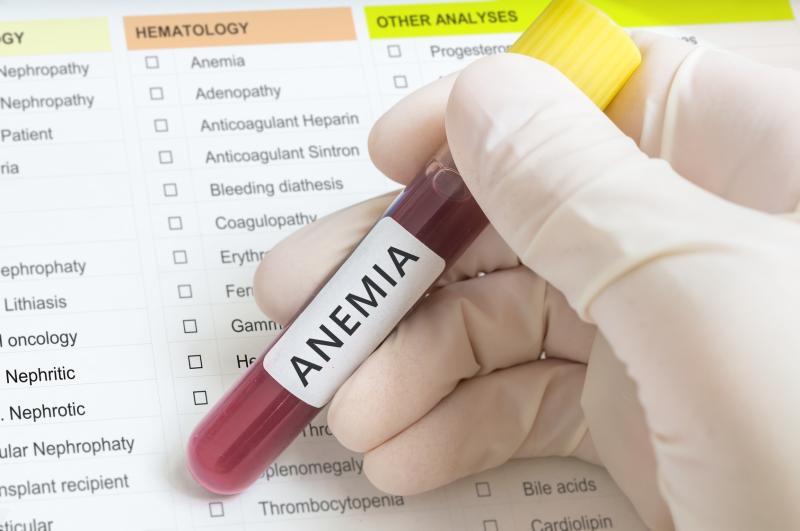
Rheumatoid arthritis (RA) patients with comorbid anaemia and lymphopenia are at heightened risk of developing common infections, as study has found.
The study included 6,591 individuals (mean age 58.7 years; 67.5 percent female) with newly diagnosed RA. Anaemia was prevalent at diagnosis, detected in 1,066 patients (16.2 percent). Other haematological abnormalities found included neutropenia (n=38; 0.6 percent) and lymphopenia (n=97; 1.5 percent).
RA patients with anaemia and lymphopenia were older than the entire population. Furthermore, those with anaemia tended to be male and had greater comorbidity.
Over a median follow-up of 2.2 years, infection events were recorded in 658 RA patients in the anaemia group, 19 in the neutropenia group, 73 in the lymphopenia group and 3,506 in the no-haematological abnormality group. Crude rates of infection were 181.2, 151.8, 256.4 and 172.0 per 1,000 person-years, respectively.
Lymphopenia and anaemia were associated with heightened infection risk (hazard ratios [HRs], 1.18, 95 percent CI, 1.08–1.29 and 1.37, 1.08–1.73, respectively). There was no evidence of association noted for neutropenia (HR, 0.94, 0.60–1.47).
On further analysis, pneumonia occurred more commonly in RA patients than those without the autoimmune disorder. Influenza vaccination had a protective effect on influenza-like illness in RA patients.
The findings suggest that haematological markers may be used to identify RA patients who might benefit from targeted counselling to stress the importance of early presentation if symptoms of infection develop, according to researchers.